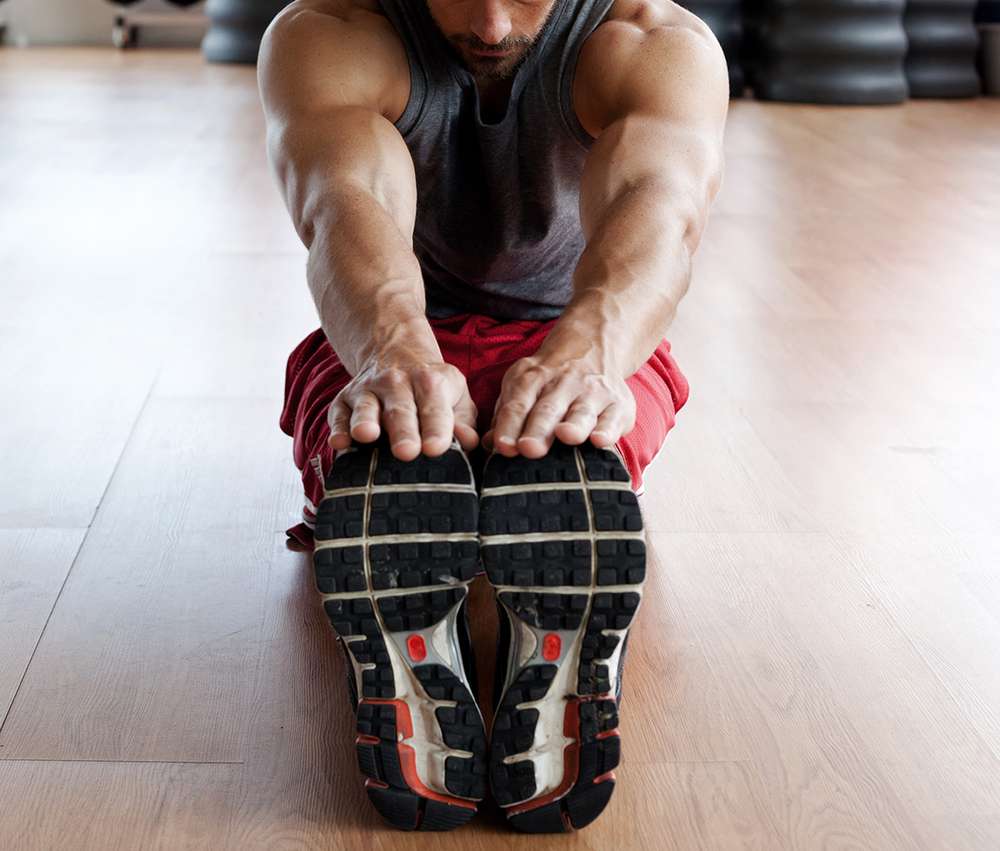A Guide to Boxing Footwork Drills

Twist, step, shuffle, slide… Footwork is among the most important physical aspects of boxing.
There is so much about footwork that can make you a better boxer. Regardless of whether
you’re talking about the boxing as a sport or using aspects of boxing for fitness and training, you
need to consider the movement of your feet.
Punching may be the most notable movement you perform, but before arms and hands can move, each action starts with your feet. Good footwork is how boxers can get their punches to move properly—with force, power, speed, balance, and accuracy.
If you want to learn more about how to perform your boxing footwork drills properly, read on for a guide to four steps that will help you get your footwork in order.
Stretching Exercises Matter
The rotational aspects of boxing movements require a greater range of motion from the muscles in your lower body. Instead of just walking, using your leg muscles in the coronal plane, you’re now adding a three-dimensional space with sagittal and transverse planes of motion.
While finding the perfect boxing stance is the first rule of boxing, stretching to improve your movement within that stance will not only make you a more effective boxer, but it will also help prevent injuries and keep you in the ring for the long-run.
No matter which direction you move your body, increasing mobility in your lower body through stretching helps prevent injury to your hips, quads, hamstrings, and calves. Even simple stretching is an essential part of boxing footwork training.
Here are a few of our favorite boxing stretches and mobility conditioning exercises at Gloveworx:
5 Quad Stretches to Help you Become Unstoppable
Stepping and Footwork
Stepping forward, backward, side to side, or even in a circular motion are all important movements when boxing. Stepping correctly, ensuring you have a stable base and strong foundation, is harder than you think and it requires conditioning in your lower body.
As you step, you want to have a slight bend in the knee to maintain a strong base position; but this pose forces your calves, feet, and quads to remain active for long periods of time. To avoid fatigue in your legs during a workout, you need to complete boxing footwork drills— like sprints and runs— to build up lower body strength.
In addition to cross-training with running and sprinting, jump rope plays a key role in becoming a better boxer. Incorporating plyometric movements-- powerful exercises that incorporate high-impact movements that engage the fast twitch muscles-- improves muscular power and endurance. Box jumps, lateral jumps, and broad jumps all improve stepping and footwork.
Twisting
Twisting and rotation are the keys to power when following through on a punch. Every punch you throw begins in the rotation of the foot and leads through to the twist and pivot in your hips that add to the power of your arms.
Twisting your back foot once you have stepped forward to punch is how you should start and finish each punch. In your boxing stance, keep your lead foot slightly ahead of your back foot. The heel of your back foot should be raised, with your weight resting on your toes and the ball of your foot. As you throw a punch, your back foot should twist as though you're crushing a particularly nasty bug between your shoe.
It's important to incorporate rotational core exercises into your training and maintain ankle mobility to prevent injury.
Shuffling
Shuffling is like stepping, but in a quicker, more reactive manner. It’s a defensive movement that helps you get away from a punch or move out of a compromising position. Shuffling is typically side to side (lateral) and sometimes circular in motion, but the same action can be performed forward and backward, which is referred to as sliding.
The key to shuffling in boxing footwork drills is to lift the lead foot and simultaneously push off the back leg to shift towards a new position. Avoid letting your feet touch one another to ensure that you maintain a solid base position.
Practice shuffling, as well as bobbing and weaving, while shadowboxing in front of a mirror. Shadowboxing is a great way to practice your boxing footwork before facing an opponent, whether training with a coach or hitting the heavy bag.
Speed and Agility Drills
In addition to practicing plyometric exercises, boxers should incorporate speed and agility drills into their training. Having greater speed means being able to move around quicker, while agility pertains to changing direction on a dime.
Ladder drills are one of the most effective ways to add speed and agility training to your routine. Get a simple agility ladder and practice stepping, bobbing and weaving, cross-overs, and cariocas. Remember to warm-up and stretch your ankles to limit the risk of injury when you first get started.
Applying Footwork to Your Sessions
Using these boxing footwork training tips during every Gloveworx session makes you work harder and helps you reach your goals faster. Talk to one of our expert coaches to learn the best exercises for improving your footwork, then Book a BOOM Session and get in the ring!
